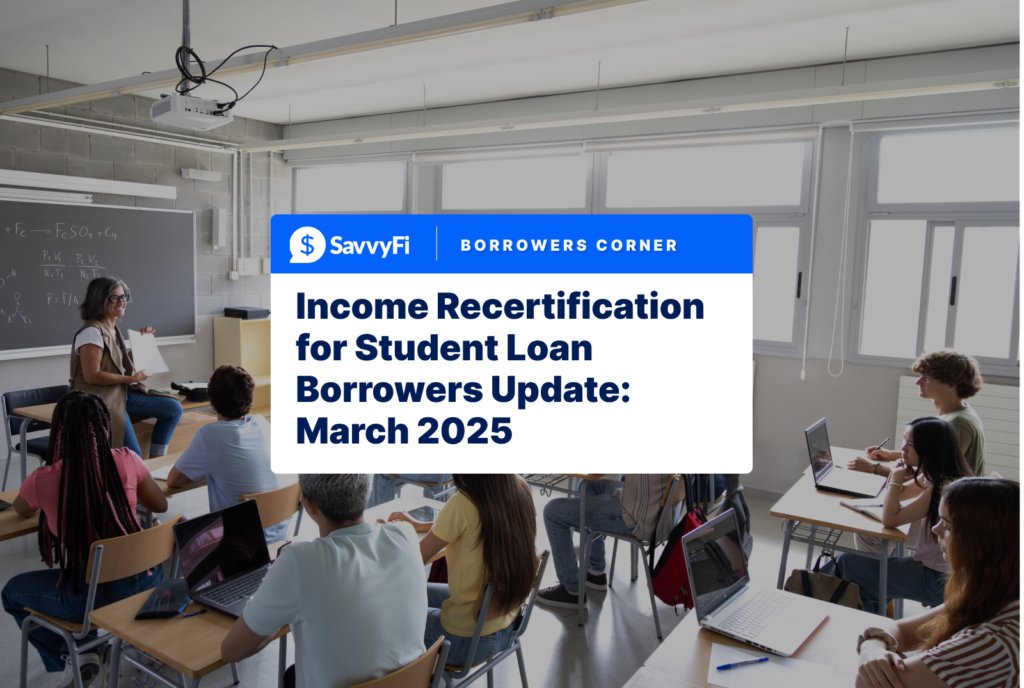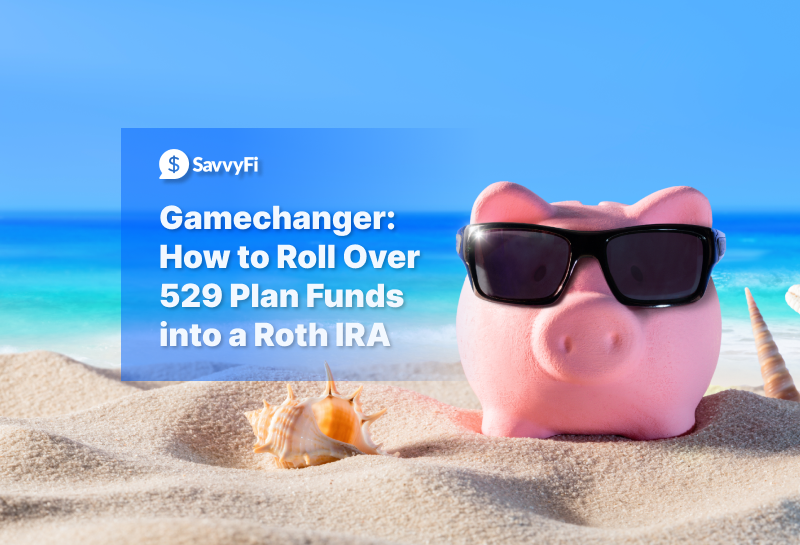You’re finally ready to start your child’s college fund. You’ve decided on the 529 plan as your account type, which is a pretty solid choice, but there is one last question you must answer before finally pulling the trigger:
“What happens to my 529 plan if my child does not go to college?”
This question causes a lot of families to wait until they have the answer before starting their child’s college fund – sometimes indefinitely. The rules around “early” 529 withdrawals are pretty complicated, but we’ll simplify them for you, so you can get that college fund started and start taking advantage of compounding investment returns!
Early (or Non-Qualified) 529 Withdrawals
If you withdraw funds from your 529 account for non-qualified uses, which might be the case if your child is drafted to the (W)NBA right after high school, then you will be subjected to a 10% early withdrawal penalty on your investment earnings ONLY. You will also increase your taxable income for that year by the withdrawn earnings amount, which will increase your taxes owed.
Early 529 withdrawals will result in a 10% withdrawal penalty on ONLY your investment earnings
 I know what you’re thinking…a scenario would help. Let’s take a look at it.
I know what you’re thinking…a scenario would help. Let’s take a look at it.Cashing Out of the 529 Plan
Let’s assume that a family earns $90,000 in taxable income a year, has saved $40,000 in their 529 account over 18 years, and has gained $30,000 in investment earnings. If the family cashes out of their 529 plan, a 10% early withdrawal penalty will be applied to the $30,000 in earnings, and the family’s taxable income will increase by $30,000 to $120,000. The 10% early-withdrawal penalty will amount to $3,000; and based on the family’s tax bracket, the increase in taxable income will result in $6,600 in additional federal income taxes. The total reduction in savings will equal $9,600; which amounts to 13.7% of the $70,000 total saved in the 529 account.
Yikes.
Before running for the hills – away from the 529 plan and back into the abyss of trying to figure out the best way to save for your child’s college – we need to compare this scenario to the alternative: saving in a general mutual fund or other brokerage account.
529 Plan vs. Investments
If the same family saves $40,000 in a mutual fund (i.e., not a tax-advantaged account) and earns $30,000 on their investments, then selling their investments will result in capital gains taxes on the $30,000 in earnings.
If we assume that the investments were all held for more than a year before selling, which means that they qualify as “long-term” capital gains rather than “short-term,” then the $30,000 will be taxed at a rate of 15%.
The 15% long-term capital gains tax applied to the $30,000 in investment earnings will result in additional taxes of $4,500, which is 6.4% of the total $70,000 saved in investments.
The difference between cashing out a 529 plan and saving in investments amounts to $5,100. So, if you cash out of a 529 plan for non-qualified uses, you will have $5,100 less than if you cashed out of general mutual funds.
The good news in all of this is, with either option, you have over $60,000 in savings that you need to find something to do with since your child is going to be a pro baller. That’s generally a good problem to have.
To lighten up the mood a little bit, let’s take a look at some of the practical and fun things you can do with your child’s 529 account if they do not go to college.
1. Use The 529 At A “Non-Traditional” Institution
Maybe your child isn’t actually going pro…yet, but they do have other interests outside of a “traditional” 2-year or 4-year college program. There are many other institutions that are eligible for tax-free use of your 529 funds.
Check out some of the institution types that can qualify for 529 funds:
- Massage therapy
- Film
- Dental and medical assistant
- Trades such as automotive and HVAC
If your child simply does not want to go to a “traditional” program, but they do want to pursue some form of higher education, the chances are high that there is an applicable institution nearby that is eligible for tax-free use of your 529 funds.
If you are curious about any institution in particular, check out Federal Student Aid’s Federal School Code Search to see if they are on the list.
2. Leave The 529 Account In Place For The Future
Just because your child does not intend to enroll in an eligible higher-ed institution right after high school, you don’t have to decide what to do with your 529 account right away. You can continue to let your investments accrue earnings tax-free for years while you figure out what you want to do with the funds.
You could let your 529 account sit tight in case your child decides to attend an eligible institution later on in life, or you could keep the money in the account for your future grandchild or other family member (see below for more on these uses).
3. Transfer The 529 To An Eligible Family Member
You can transfer your 529 beneficiary without any tax penalties to a qualified family member. Qualified family members include spouses, in-laws, children (including step-children, adopted children, etc.), siblings, nieces and nephews, aunts and uncles, and first cousins of the beneficiary.
Imagine the favors you could call in if you transferred 18 years of savings to a niece or nephew. Your lawn could be mowed, weed-eated, and edged for years to come.
4. Use The 529 Funds For K-12 School
A recent tax reform made 529 plans available to be used for private K-12 institutions. Although not all states currently allow its use for this purpose, if you are in one of the many states that do, you can save your unused 529 funds for a younger child’s K-12 institution, or you can continue to save for a future grandchild’s private K-12 schooling.
5. Put A Down Payment On A House
Although you would be subjected to the 10% penalty on earnings and increased taxable income, you can set your child up for future financial success by using the 529 funds for a down payment on a house.
For many families, home equity accounts for over 60% of household wealth. Giving your child a head start by purchasing or paying a sizeable down payment on a home can set them up for future financial security.
Alternatively, you could withdraw the 529 plan to build up equity in your own home. Doing so can also help provide for your child’s future financial security when an eventual wealth transfer happens later on in life.
6. Fund An Entrepreneurial Venture
Similarly with using a 529 plan to purchase a house, you can use the 529 funds to help fund an entrepreneurial venture, but doing so will be considered a non-qualified withdrawal and expose you to taxes and penalties on the 529 earnings.
With the right advisors and personal attributes, starting an entrepreneurial venture of any kind can drastically increase your child’s rate of learning relative to a traditional college program. Imagine if you had four years and a college degree’s worth of funding – you might be able to start and sell multiple businesses over that time frame!
Using a 529 plan to save for college can be a great way to commit to saving for your child; however, re-purposing funds for an entrepreneurial venture can still allow you to achieve your goal of educating your child and setting them up for future success.
7. Take Your Family On A Vacation…Or Several
You made sacrifices to save for your child’s college over 18 years, and they just happened to be so talented at a particular sport that they wound up going pro right out of high school (must be great genes). Now you are planning on cashing out of you 529 plan and giving up some of the gains on your investments. You know what would make you feel better?
A vacation. Or several vacations.
Based on the average amount that Americans spend on a vacation, you could use the $60,400 in withdrawn 529 funds to take yourself on over 50 vacations. Not a fan of solo vacations? You could take three of your family members and/or friends on over 13 vacations.
Not a bad little treat for your efforts over the 18 years.
8. Use The 529 For Your Own Education
You can transfer the 529 plan from your child to yourself and pursue your own education. Have you been looking for a reason to finish your undergraduate degree or pursue a graduate degree? Now you have the funds to do so.
If you are not interested in pursuing traditional forms of education, you can still use the 529 funds tax-free on an eligible institution that provides as much entertainment as education. You can attend a culinary institution, an automobile trade school, an art program, massage therapy, and many more schools that can enrich your life.
As stated earlier, there is likely an eligible institution close to you regardless of what skill or knowledge you are looking to pick up later in life.
Is A 529 Plan Right For You?
The 529 plan gives you the opportunity to boost your savings by not having to pay capital gains taxes that you have to pay almost everywhere else. There are many options that allow you to use the 529 even if your child does not decide to go to college right after high school.
However, even though it is hard for you to see up to 18 years into the future, the 529 plan can be a great commitment mechanism to help you save consistently. Saving for your child’s future is a powerful motivator – much more so than emergency savings.
If you decide to save in a 529 account and are forced to reduce your earnings through a non-qualified withdrawal, you will still come out ahead on your total savings and can still do a lot of good in your child’s, family’s, or your own life at that point.
Love,
SavvyFi
P.S. Are you an employer looking to set up a way for your employees to make gift-giving tech really count toward past, current, or future education expenses? Let’s talk!
About SavvyFi: SavvyFi is a user-friendly fintech platform that makes it easy for employers to provide college savings and student loan benefits to their employees. Because the company’s platform is “zero-touch” to HR — without any complicated systems, integrations, or paperwork — SavvyFi unlocks education financing capabilities to even the smallest employers that would not otherwise be able to offer these benefits.
Disclosure: Third-party quotes shown may not be representative of the experience of all SavvyFi customers and do not represent a guarantee of future performance or success.





